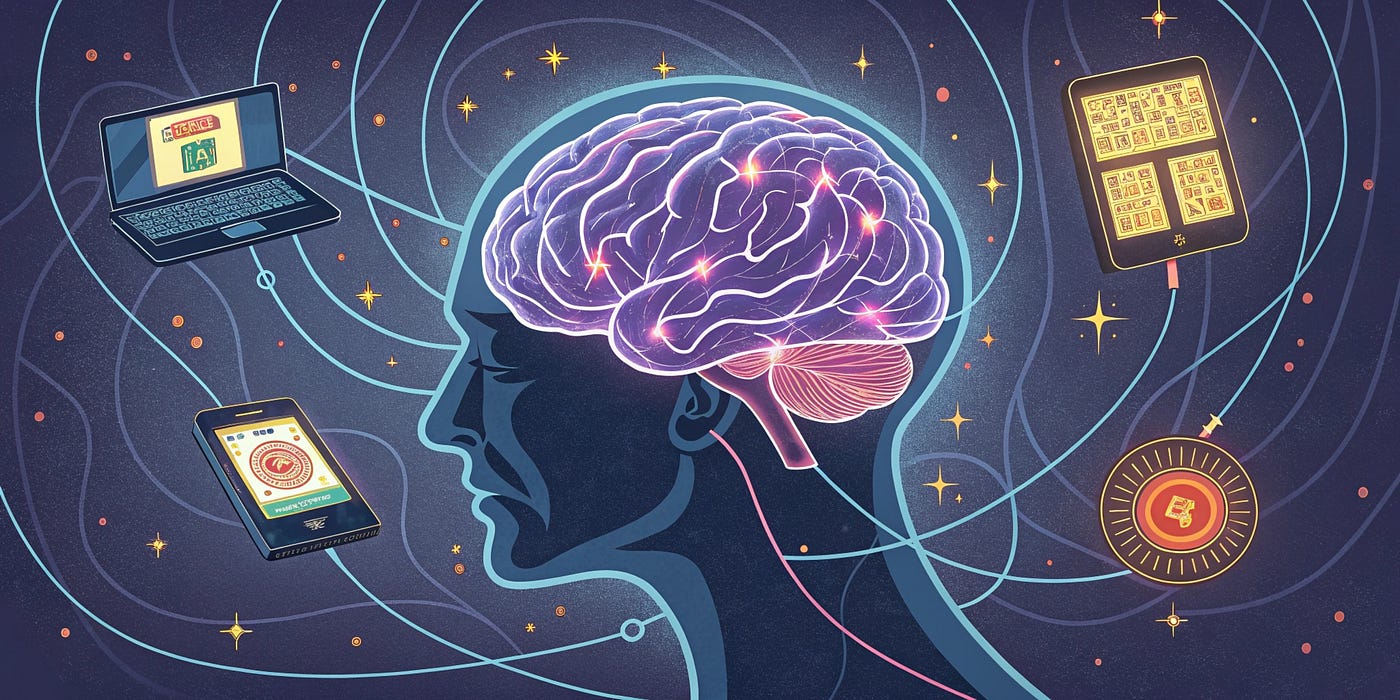Like the hypnotic precision of pirots 4 demo is gameplay loops, Las Vegas casinos have spent decades perfecting a dark science—where neon labyrinths, chiming slots, and timeless spaces conspire to hijack attention and wallets. What many don’t realize is that the same psychological principles that make slot machines so compelling have quietly migrated into the technology we use every day—from our smartphones to social media apps.
The connection isn’t coincidental. Tech companies have deliberately studied and adapted casino design principles, creating what researchers now call “persuasive technology” or, more bluntly, “digital addiction by design.”
The Casino Playbook: Lessons in Human Psychology
Casinos are masterclasses in behavioral psychology. Every element—from the absence of clocks and windows to the specific sounds of slot machines—is carefully designed to maximize engagement and minimize the awareness of time passing.
Variable Ratio Reinforcement forms the foundation of this approach. Slot machines don’t pay out on a predictable schedule; instead, they use random, intermittent rewards that trigger the strongest psychological response. This unpredictability keeps players pulling the lever, chasing the next potential win.
The Near-Miss Effect amplifies this engagement. When slot reels stop just one symbol away from a jackpot, the brain interprets this as “almost winning” rather than losing, releasing dopamine and encouraging continued play. The psychological impact is so powerful that near-misses can be more motivating than actual wins.
Sensory Immersion completes the trap. Casinos eliminate external time cues, use specific lighting to maintain alertness, and employ carefully crafted sound effects that signal reward potential. The goal is to create an alternate reality where normal decision-making processes are suspended.
From Vegas to Silicon Valley: The Digital Translation

Tech companies, particularly those in social media and mobile gaming, recognized the power of these principles early on. The translation from physical casino to digital interface was surprisingly direct.
Push Notifications as Slot Machine Pulls: Your smartphone’s notification system mirrors the variable ratio reinforcement of slot machines. You never know when you’ll receive an interesting message, photo, or update, so you check frequently, hoping for that dopamine hit of new information or social validation.
The Infinite Scroll: Social media platforms like Facebook, Instagram, and TikTok employ endless feeds that mirror the continuous play design of modern slot machines. There’s no natural stopping point, no clear “end” to the experience, encouraging users to keep scrolling indefinitely.
Red Badges and Visual Cues: The red notification badges on app icons serve the same function as flashing lights on slot machines—they create a sense of urgency and potential reward, drawing users back to the app even when they weren’t initially planning to engage.
Apple’s Subtle Mastery
While Apple didn’t invent these techniques, the company has refined them to an art form, integrating addiction principles so seamlessly that they feel like natural features rather than deliberate manipulation.
The Notification Ecosystem demonstrates this sophistication. Apple allows granular control over notifications, creating the illusion of user agency while still maintaining the core variable reinforcement schedule. Users feel empowered by their ability to customize, but the underlying psychological mechanism remains intact.
App Store Dynamics mirror casino psychology through ratings, reviews, and the “featured app” system. The promise of discovering the next great app creates a browsing and downloading behavior similar to casino exploration, where the potential for finding something valuable keeps users engaged with the platform.
Screen Time Features represent Apple’s most interesting evolution. By providing tools to monitor and limit usage, Apple acknowledges the addictive nature of their platform while simultaneously appearing responsible. However, these features often increase awareness of device usage without significantly changing behavior—similar to how casinos post responsible gambling messages while maintaining their core design principles.
The Biological Reality
The comparison between casino design and tech interfaces isn’t merely metaphorical—the biological responses are remarkably similar. Brain imaging studies show that smartphone use, social media engagement, and mobile gaming activate the same neural pathways as gambling, releasing dopamine in patterns that mirror addiction.
Dopamine and Digital Rewards: Each notification, like, or app interaction triggers a small dopamine release. Over time, users require more frequent or intense digital stimulation to achieve the same satisfaction—a pattern identical to tolerance development in gambling addiction.
The Phantom Vibration Syndrome exemplifies how deeply these patterns embed in our nervous systems. Users report feeling their phone vibrate when it hasn’t, demonstrating how the anticipation of digital rewards can create physical sensations.
Beyond Individual Choice: The Systematic Nature
What makes this phenomenon particularly concerning is its systematic nature. This isn’t about weak-willed individuals falling prey to obvious tricks—it’s about sophisticated design deliberately exploiting fundamental aspects of human psychology.
A/B Testing as Optimization: Tech companies continuously test variations of their interfaces, measuring engagement metrics to identify which designs are most “sticky.” This process mirrors how casinos optimize their floor layouts and game mechanics, but with the advantage of instant, massive data collection.
The Attention Economy: The business model itself drives addictive design. When advertising revenue depends on user attention and engagement time, companies are incentivized to maximize these metrics regardless of user wellbeing. The more addictive the platform, the more valuable it becomes to advertisers.
The Cost of Engagement
The implications extend far beyond individual screen time concerns. Studies link excessive smartphone and social media use to increased rates of anxiety, depression, and attention disorders, particularly among young people who have never known a world without these technologies.
Social Comparison and Validation Loops create particularly harmful cycles. Social media platforms leverage the human need for social approval, creating systems where self-worth becomes tied to digital metrics—likes, comments, shares—in ways that mirror how gamblers tie self-worth to winning and losing.
Productivity and Focus Impact represents another significant cost. The constant availability of digital stimulation makes sustained attention increasingly difficult, fragmenting focus in ways that affect work, relationships, and personal development.
The Path Forward: Design Ethics and Digital Wellness
Recognition of these patterns has sparked a growing movement toward more ethical technology design. Some companies are beginning to implement features that prioritize user wellbeing over maximum engagement.
Time Well Spent Movement advocates for technology that supports users’ intentions rather than hijacking them. This includes features like batched notifications, natural stopping points in apps, and design that encourages mindful rather than compulsive use.
Regulatory Responses are beginning to emerge. Some jurisdictions are considering regulations that would require disclosure of persuasive design techniques, similar to how casinos must post gambling addiction resources.
Individual Strategies can help users regain control. These include turning off non-essential notifications, using grayscale phone settings to reduce visual appeal, and implementing physical boundaries around device use.
Conclusion: Awareness as the First Step
The sophisticated adaptation of casino psychology into everyday technology represents one of the most significant behavioral influence campaigns in human history. Unlike casinos, which adults can choose to avoid, these technologies have become essential infrastructure for work, social connection, and daily life.
Understanding these mechanisms doesn’t require abandoning technology, but it does demand conscious engagement with it. By recognizing how casino-inspired design shapes our digital experiences, we can make more intentional choices about when, how, and why we interact with our devices.
The goal isn’t to demonize technology or return to a pre-digital age, but to ensure that we’re using these powerful tools in ways that serve our genuine interests rather than simply maximizing corporate engagement metrics. In a world where the slot machine fits in your pocket, awareness becomes the first line of defense in maintaining agency over your own attention and time.
The house always wins in Vegas, but in the digital realm, we still have the power to change the rules of the game—if we’re willing to acknowledge that we’re playing one.

